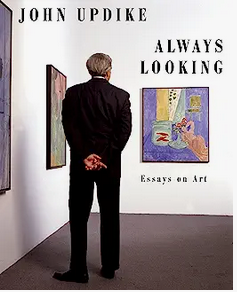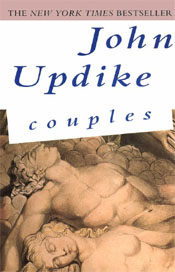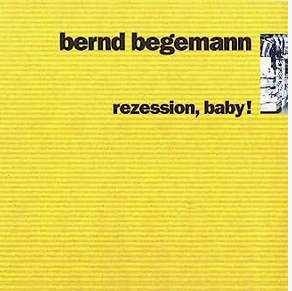Writer Jennifer Anne Moses said she doesn’t think so.
In “Artists, like myself, appropriate culture—and that’s OK,” Moses defended a white poet who came under fire in The Nation for a point-of-view poem from the perspective of a black homeless person.
“I’m white and Jewish. Post-college, I wrote about people who look like me. Then I moved to Baton Rouge, Louisiana, where I volunteered in an AIDS hospice, largely among African-American, underprivileged, full-Gospel Christians. I sat with them, held their hands, and heard their stories. I did this for 10 years, and when I moved back east, I turned their real lives into fiction,” Moses wrote.
“Was I guilty of cultural appropriation? A few people who read the book said I was. But those in the hospice who read my book thanked me. To this day, I’m glad I did what I did, because if I hadn’t written about this one tiny corner of humanity, then nobody would have.
“True, I had little in common with the people who inspired the characters I conjured—other than, you know, we all bleed red.
“Who has the right to write it?
“If artists shied away from using the specifics of cultures other than their own, including oppressed and marginalized ones, the world would not have works such as Sophie’s Choice, Sounder, The Canterbury Tales, Uncle Tom’s Cabin, Othello, Tobacco Road, or Heart of Darkness. So what if George Eliot (Mary Anne Evans) was about as Jewish as George Washington? Had she not been the genius she was and dreamed up the conflicted Jew Daniel Deronda, he, and his book, would simply not exist.
“Yet many smart people are appalled by ‘cultural appropriation,’ comparing it to a kind of ‘stealing.’ If whites (or members of other privileged groups) borrow bits of a minority or oppressed group’s culture, they say, they’re depriving that group of a chance to tell its own stories.
“But is that really true? The fact that Stevie Ray Vaughan (who was white) sang the blues certainly didn’t mean that B.B. King (who was black) couldn’t sing them, too. John Updike (who was a gentile) wrote several books featuring Jewish characters, but that sure didn’t mean that Philip Roth (who was Jewish) couldn’t write about them too.”
Moses is the author of Visiting Hours, Tales from My Closet, Bagels and Grits: A Jew on the Bayou, The Art of Dumpster Diving, The Book of Joshua, and The Man Who Loved His Wife. Read her entire August 22, 2018 ed-op piece in The Daily American.










